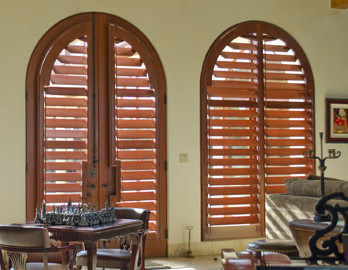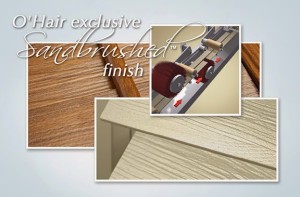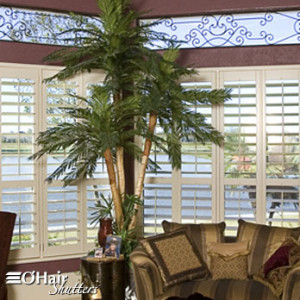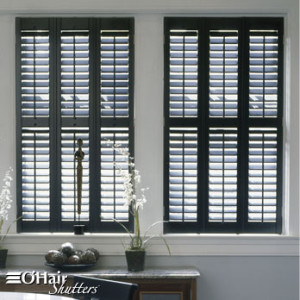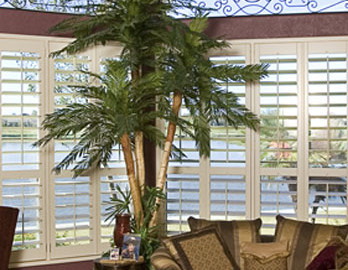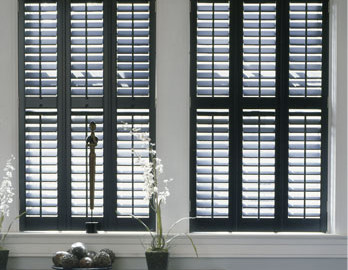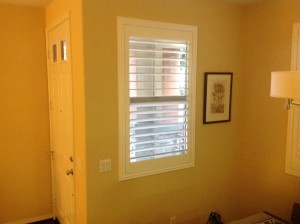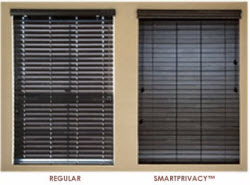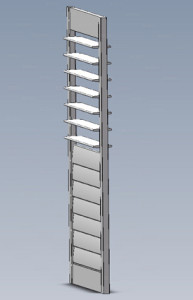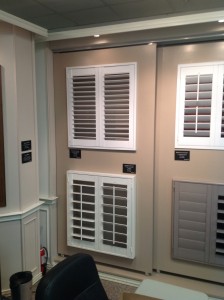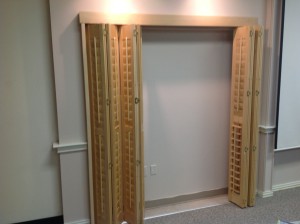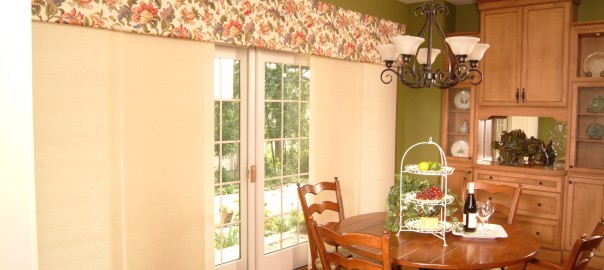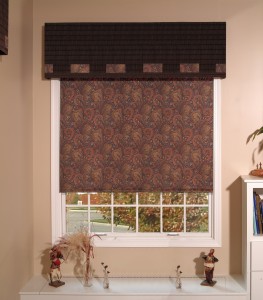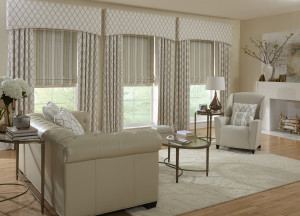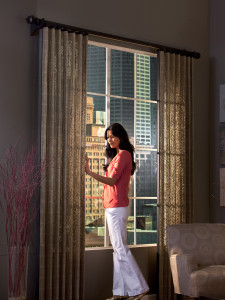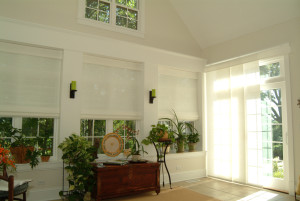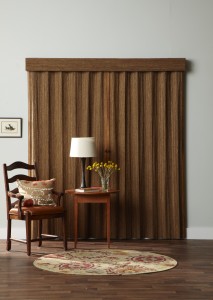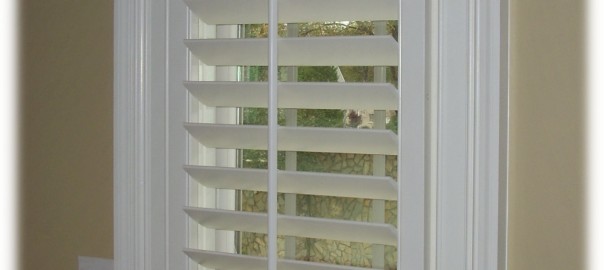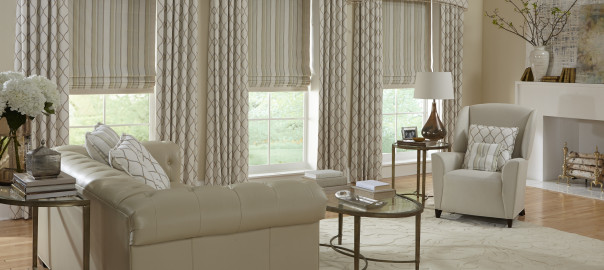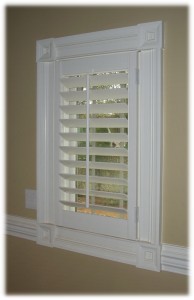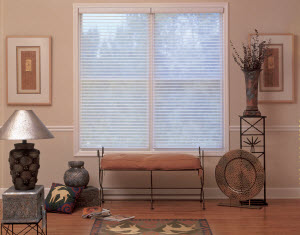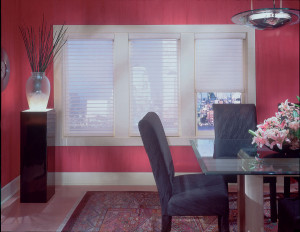VILLA DESIGNERS SPRING OFFERINGS: WHY HANGING WINDOW TREATMENTS IS A SMART MOVE FOR SPRING
In addition to contributing to the design and softness of a room, window treatments help minimize heat transfer from windows during the spring and summer months. Drapes, blinds, shutters and shades can all block sunlight from heating up the house on hot days and keep cool air from escaping through leaky windows.
Some materials do a better job than others. Here are six eco-chic window treatment suggestions that just may work for you this season
Villa Curtains
Curtains consist of panels of fabric that are gathered on a rod or attached by tabs, ties or rings. Remove the heavy velvet panels from winter and go a little lighter.
Eco-friendly fabrics such as organic cotton and hemp are available in a growing number of colors and patterns for custom window treatments. One current quick and organic curtain solution is to buy ready-made linen drapery, which is grown without pesticides for flax.
Villa Drapes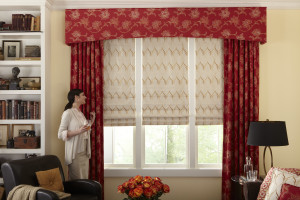
A mainstay of window treatments, drapes are pleated panels that hang from hooks and attach to small slides on the rod. When it comes to choosing drapes, a layered look delivers the most options for light control and energy efficiency.
Consider using a sheer for daytime filtered light with a lightweight drape to use at night for privacy or during very hot days to assist with heat transfer.
Villa Shades
Shades are one of the most practical and hard-working window treatments. For the greatest energy efficiency, shades should be installed as close to the window glass as possible. They offer easy light control, instant privacy and a clean, tailored silhouette in a wide range of colors and materials.
Options include simple roller shades, insulated honeycomb shades, woven shades, wooden shades and soft fabric shades like the Roman styles. Naturally woven shades made of bamboo, reeds and grasses have a handmade feel and an organic texture.
 Villa’s Blinds and shutters
Villa’s Blinds and shutters
Blinds and shutters have adjustable louvers and vanes that can be tilted to filter the light, leveled to reveal the view or shifted to completely block the view. Blinds can be used on their own or under top treatments made of fabric for a layered look and extra insulation.
Look for shutters made of hardwood certified by the Forest Stewardship Council and finish them with stains and sealants that contain little or no volatile organic compounds. Avoid plastic shutters and blinds, as well as polyester fabrics that won’t biodegrade. These types of shutters are reported to reduce heat gain by up to 45 percent.
Villa’s Valances
These top treatments provide the crowning glory for a window. Valances are generally shortened versions of curtains, drapes or fabric shades, 12 to 18 inches long.
Used alone, valances bring style to an otherwise plain window. Place them over another treatment and they can seal the heading and add a flourish. The extra layer sitting atop the face of the window will capture any air that may seep in.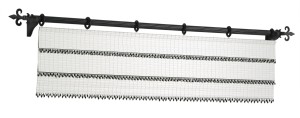
Because their edges are so clearly delineated, cornices add architectural interest. Like valances, they can be used alone or paired with other window treatments.
When covered in batting and fabric, cornices soften the overall look of the window and absorb extra heat and nighttime chill. Wood cornices can mimic the look of deep crown molding and should coordinate with the other woodwork and trim in the room.
What will you choose for your home’s window treatments to be both beautiful and energy-efficient?





